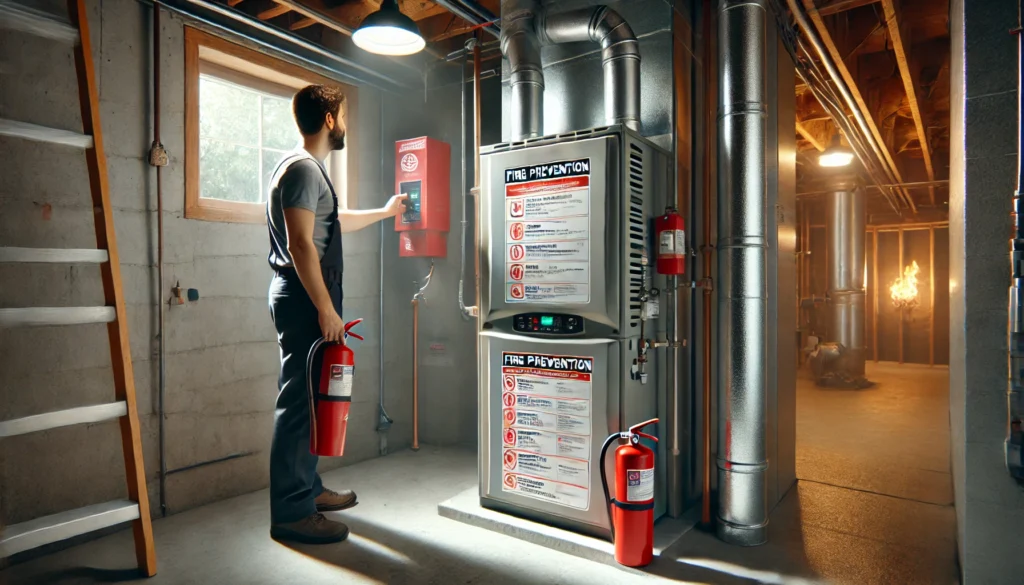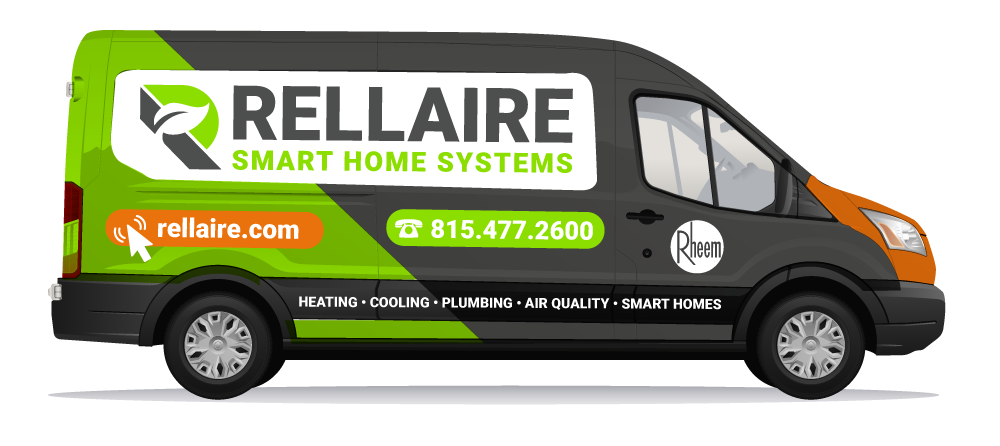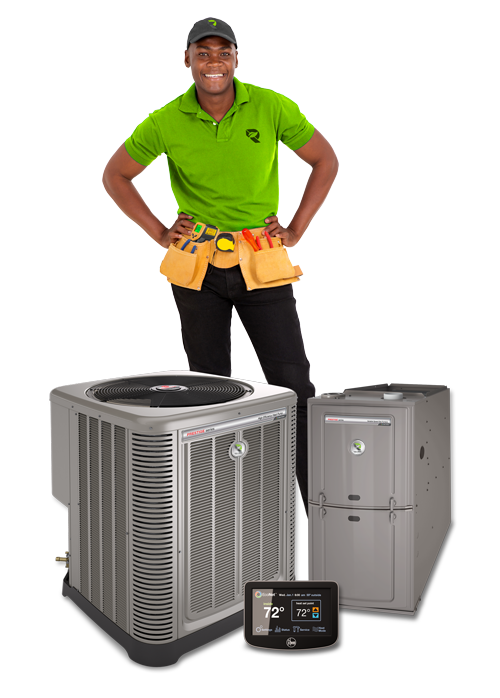When the cold weather sets in, your furnace becomes an essential part of keeping your home warm and comfortable. But with great warmth comes great responsibility. Furnaces, though vital, can pose risks if not properly maintained or operated. Understanding furnace safety and fire prevention can significantly reduce potential hazards, ensuring your home stays both warm and safe.
Below, we’ll explore some practical tips and advice to help you operate your furnace safely. We’ll look at fire prevention practices, emergency procedures, and other guidelines that are easy to follow but critical for keeping your home secure.

Furnaces are complex systems that involve both heat and fuel—whether gas, oil, or electricity. Any malfunction in these systems can potentially lead to fires, carbon monoxide poisoning, or severe property damage. Many of these incidents are preventable with proper safety measures, regular inspections, and mindful use.
In short, a furnace isn’t just another household appliance; it’s a powerful machine that requires attention and care. When you take furnace safety seriously, you’re not only protecting your home from costly damage, but you’re also ensuring the well-being of everyone living in it.
To minimize the risk of fire, it’s essential to adopt safe practices from the moment you install your furnace and throughout its operation. While many homeowners trust their heating system to function seamlessly, it’s always a good idea to be proactive about safety. Here are a few fire prevention tips:
Ensure that nothing flammable is near your furnace. This includes items like furniture, papers, cleaning products, and other household items. A general rule is to maintain at least three feet of clearance around the furnace. Even a small spark can ignite clutter in close proximity.
A dirty filter can restrict airflow, causing your furnace to overheat and become a fire hazard. Replace or clean your furnace filters every few months, especially during peak heating seasons. Not only does this enhance safety, but it also improves the efficiency of your furnace, helping it last longer.
Blocked or damaged venting can cause dangerous gases like carbon monoxide to leak into your home. Inspect the exhaust vent regularly to ensure it’s free from obstructions like debris, snow, or bird nests. If you’re unsure about how to check this, a professional technician can help.
If you have a gas furnace, periodically check for any signs of a gas leak. A faint rotten-egg smell is an immediate red flag. If you notice this odor, leave your home immediately and call your gas provider or emergency services. Never try to fix a gas leak on your own.
Despite our best efforts to prevent emergencies, accidents can happen. Knowing what to do in the event of a furnace-related fire or gas leak can make all the difference.
Make sure you have a fire extinguisher accessible and that it is rated for electrical or gas fires, depending on your furnace type. Everyone in the household should know where it is located and how to use it.
Ensure everyone in your household knows what to do if there’s a furnace fire or gas leak. Designate two exits from each room, and choose a safe meeting place outside the home. Practice this plan regularly, so everyone is prepared if an emergency arises.
These detectors are essential for alerting you to fires or carbon monoxide leaks in their early stages. Make sure they’re installed on every level of your home, particularly near bedrooms, and test them regularly. Replace batteries annually to ensure they are always functional.
If it’s safe to do so, shut off your furnace in case of a fire or malfunction. For gas furnaces, also locate the gas shut-off valve, and ensure that household members know how to turn it off.
Operating your furnace safely is key to preventing accidents and ensuring its longevity. These simple practices can help maintain your furnace’s performance while minimizing risks:
A professionally installed furnace ensures that the unit is set up according to manufacturer specifications and local building codes. This is crucial to preventing future issues, especially those related to improper wiring or ventilation.
Furnaces are not the place for do-it-yourself fixes. While changing the filter or checking the thermostat is generally safe, repairs should always be left to professionals. Tinkering with the internal components could lead to electrical shorts, gas leaks, or fire hazards.
Be mindful of how your furnace is performing. If you notice any strange sounds, frequent cycling on and off, or unusual odors, it’s important to address these issues right away. Ignoring them could lead to bigger problems down the line, including fire risks or system breakdowns.
Keep furniture, rugs, and curtains away from furnace vents and registers. Blocking airflow can cause your furnace to overheat, which not only puts it at risk of breaking down but also increases the risk of fire.
Just like you’d have your car regularly serviced, your furnace needs routine inspections to ensure everything is functioning correctly. Professional safety inspections are crucial for detecting small issues before they escalate into dangerous problems.
An annual furnace tune-up by a licensed HVAC professional can go a long way toward preventing major issues. During the tune-up, the technician will check for gas leaks, examine the electrical components, and ensure all safety mechanisms are working correctly.
The heat exchanger is a critical component of your furnace, responsible for transferring heat from the combustion process to the air circulating through your home. Cracks in the heat exchanger can lead to dangerous carbon monoxide leaks. Having this checked during regular maintenance is vital for safety.
An improperly calibrated thermostat can cause your furnace to run too hot or too cold. This not only affects your home’s comfort but can also lead to excessive wear and tear on the furnace, potentially increasing fire risks.
Our heating services are designed to provide your home with reliable, efficient warmth throughout the colder months. We offer a range of solutions, from furnace installation and maintenance to repairs and energy-efficient upgrades, ensuring your heating system runs smoothly and effectively. Whether you’re looking to install a new system or enhance the performance of your current one, our efficient services are tailored to keep your home comfortable while helping you save on energy costs.
Ready to stay warm all winter long? Contact us today to schedule your heating service and enjoy a more comfortable home.


Call us today to get a proper diagnosis on your home equipment so we can provide you with the Rite option at the Rite price, which is all part of our Rellaire RiteBid™ Process.
Lemos Heating & Air is now Rellaire! CA Customers, Call: 916.659.8060